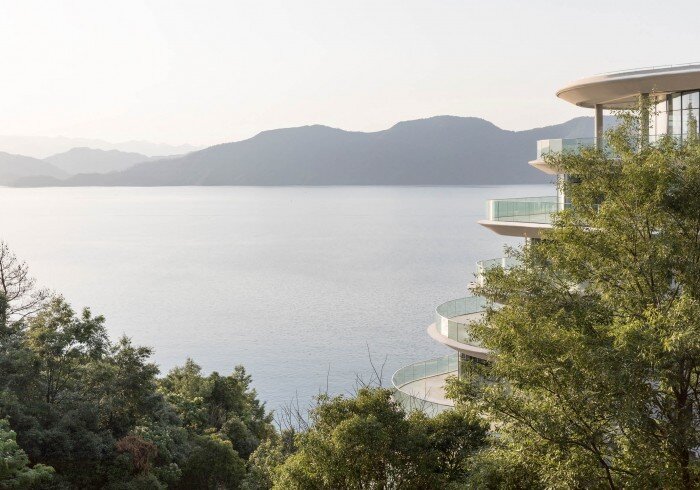How Constructs of Nature Influence Ma Yansong’s Architecture
By Stephanie Gao
As city-dwellers, how do we combat the mental fatigue of being immersed in high stress, productivity-focused environments?
Going out for a walk within our concrete jungle can offer little reprieve, as contemporary city-planning and architecture reflects our obsession with maximization and utility. Our lives are laid out on grids, but as humans we instinctively seek out the haphazard pops of green that can be found in parks and houseplants. Among our steel and concrete world, nature acts as reinvigorating force.
Chinese architect Ma Yansong recognises the need for organic fluidity within the modern city—a soulless complex populated by glass curtain walls and van der Rohe silhouettes that have come to define cosmopolitan skylines.
The Eastern affinity for landscape is to see architecture as one with natural elements, like stones and water, while the Western focuses on how nature can be subjugated by human will. Ma’s design philosophy sees the environment as a crucial medium on which an architectural experience is created; there must be harmony between the natural landscape, the urban complex, and the spiritual and emotional needs of its users. Ma is ever respectful of nature’s entropy and favours hand sketches over computer renders, for its randomness and emotional evocativeness.
In his work Huangshan Mountain Village, the contours of the apartment towers are based on the contours of the existing mountains, making each building a different size, shape, and height. His apartments do not sit on top of the mountains, rather they extend it.
Huanshan Mountain Village
Ma is a former apprentice of the renowned Zaha Hadid and the founder of MAD Architects, a firm whose designs can be seen in Canada’s very own Mississauga. Located on Absolute Avenue, the Absolute World condominiums are affectionately nicknamed the “Marilyn Monroe” towers for their sensual curvaceousness. Ma drew inspiration from nature when considering the residential skyscrapers’ sunshine and wind dynamics, envisioning manmade objects as conduits for natural forces that can create comfort in the everyday lives of residents. Ever cognizant of the one-of-a-kind quality of natural objects, Ma insisted on the necessity of two separate designs for the two towers so that the pair are not mechanical copies of one another, but two unique and independent forms in constant interaction.
Ma has always been a proponent of Chinese rocket scientist Qian Xuesen’s concept of the “Shanshui City”, a city that mixes the natural with the artificial in a dramatic way to elicit an emotional response and increase spiritual comfort. Chaoyang Park Plaza, in Ma’s home city of Beijing, is a 10-building complex that resembles a series of mountains and valleys within a classical Chinese landscape painting, also known as a Shan shui painting. It is another one of his designs that feature elegant, sloping curves in sharp contrast with its blocky surroundings. The complex is situated on the edge of Chaoyang Park and invites the park to expand into the city, instead of delineating a border within which nature is confined.





